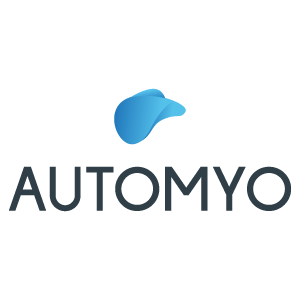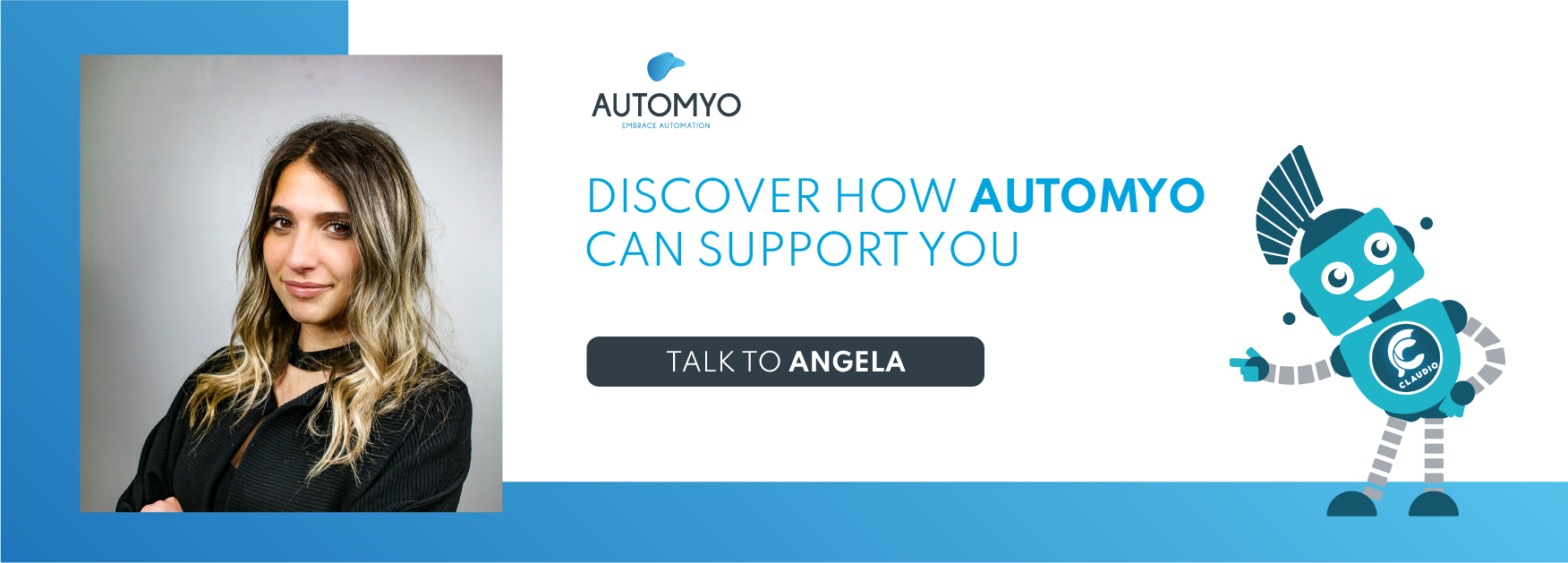From “traditional” automation to Agentic AI: the evolution of automation

The business process automation we know so much about today has actually been supporting companies for some time. As early as the 1990s, with the arrival of the first integrated information systems, companies began to delegate the most repetitive and standardized tasks to software.
At the time, the model was simple: input, fixed rules, predictable output. Any variation required code changes or complex technical interventions.
Translated with DeepL.com (free version)
For a long time, this model was a benchmark. But in the meantime, the context has changed: business processes have become more complex, systems to be integrated more numerous, and data increasingly fragmented and complex to orchestrate.
And it was at this stage that new generations of platforms were born, designed to give greater elasticity and adaptability to automation.
In addition, alongside the automation of more structured and centralized enterprise software, often managed through API integrations, a more fragmented dimension has emerged: that of tasks performed manually by individual employees on applications that lack APIs and therefore cannot be integrated directly.
It is in this context that RPA (Robotic Process Automation) solutions have been developed, designed to fill precisely this operational gap, capable of simulating the operation of a user within these tools by replicating their steps on graphical interfaces, such as clicks, insertions, moves or exports.
Meanwhile, the no-code and low-code approach marked another big and important turning point.
Through no-code platforms, even complex flows can be built and managed without writing code, with visual and configurable logic.
Today, business automation companies, such as Automyo, have made it possible to design custom automations without having to go through complex and rigid IT designs.
These are no longer just “rules engines,” but accessible user-friendly, customizable tools that can be adapted to the needs of each individual company. This ability to simplify has enabled many organizations to extend automation to increasingly cross-functional processes, while maintaining a good balance between control and flexibility.
The entry of artificial intelligence
In recent years, automation has taken a step forward and the scenario has changed once again, thanks to another technology that has disrupted and revolutionized professional paradigms: artificial intelligence.
Increasing computational capabilities, along with the spread of increasingly accessible cloud infrastructure, has made it possible to process large amounts of data in reduced time. Added to this is the advent of tools designed for everyday use, such as Chat GPT, which have made AI an integral part of everyday work activities.
By integrating, therefore, artificial intelligence into automation platforms , it has become much more flexible, greatly expanding its potential. AI enables it to recognize complex patterns, generate automated content, and respond dynamically to exceptions.
For example, you can create chatbots that are deeply integrated into business processes; automatically extract data from databases, process it, and update your CRM with sales reports; and much more.
In this way, automation and artificial intelligence do not overlap but complement each other, creating a complementary system that is increasingly adaptive, flexible, and personalized.
From AI to Agentic AI: the new frontier
This path has led us to a new evolutionary leap, in which “new” technologies have emerged: Agentic AI.
Agentic AIs represent the new evolution in automation and artificial intelligence.
They are systems designed to achieve specific goals with limited supervision, operating autonomously, without the need for continuous human intervention.
They are based on a set of artificial intelligence models such as: LLM ( Large Language Models ), NLP (Natural Language Processing) and advanced automation engines, which enable them to understand language, generate content, make decisions and interact with the environment dynamically.
They operate in four phases in a continuous cycle:
- Perception: they collect data from the world around them.
- Reasoning: they process this data to understand what is happening
- Action: they decide what to do based on their own understanding
- Learning: they improve and adapt over time, learning from feedback and experience
This autonomy marks a profound difference from “traditional” automation: flows are no longer rigid, but adaptive and context-sensitive. Agentic AI learns, adapts and acts autonomously to achieve the assigned goal, with previously unthinkable flexibility.
A practical example to understand evolution
To see how the approach to automation changes, let’s try applying the three levels — “traditional” automation, AI and Agentic AI — to a simple process, such as producing a sales report.
“Traditional” automation
The system extracts data from the management system each week, puts it into a preset file (Excel or PDF) and emails it to the sales manager. The content is static, updated but not interpreted.
Automation + Artificial Intelligence
The data are analyzed automatically. If relevant anomalies or variations emerge, AI generates customized comments and enriches the report with summaries, comparisons, and visualizations. The result is a clear, readable and action-oriented document.
Agentic AI
Agentic AI aims to create detailed reporting. Because of its ability to learn and adapt, it can autonomously determine when to generate the report and how to optimize its contents based on experience and external conditions. It does not just execute, but decides how to act to maximize the usefulness of the result.
Conclusions
Automation has evolved considerably, especially through integration with technologies such as AI and Agentic AI. This does not mean that automation in the more traditional sense of the term is outdated; on the contrary,it continues to be the most effective tool for managing simple tasks governed by fixed and well-defined rules.
The choice between automation, integrated AI, and Agentic AI is never tied to fads or trends, but should always be based on a careful analysis of business processes and their specific needs and a proper cost-benefit analysis. Only then can a truly effective, customized and scalable automation strategy be built.
Read also -> Strategic automation: from trend to necessity

